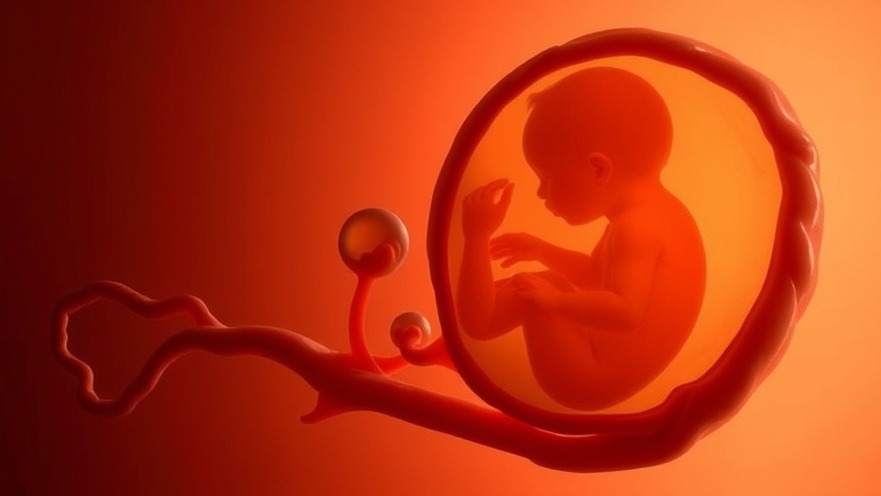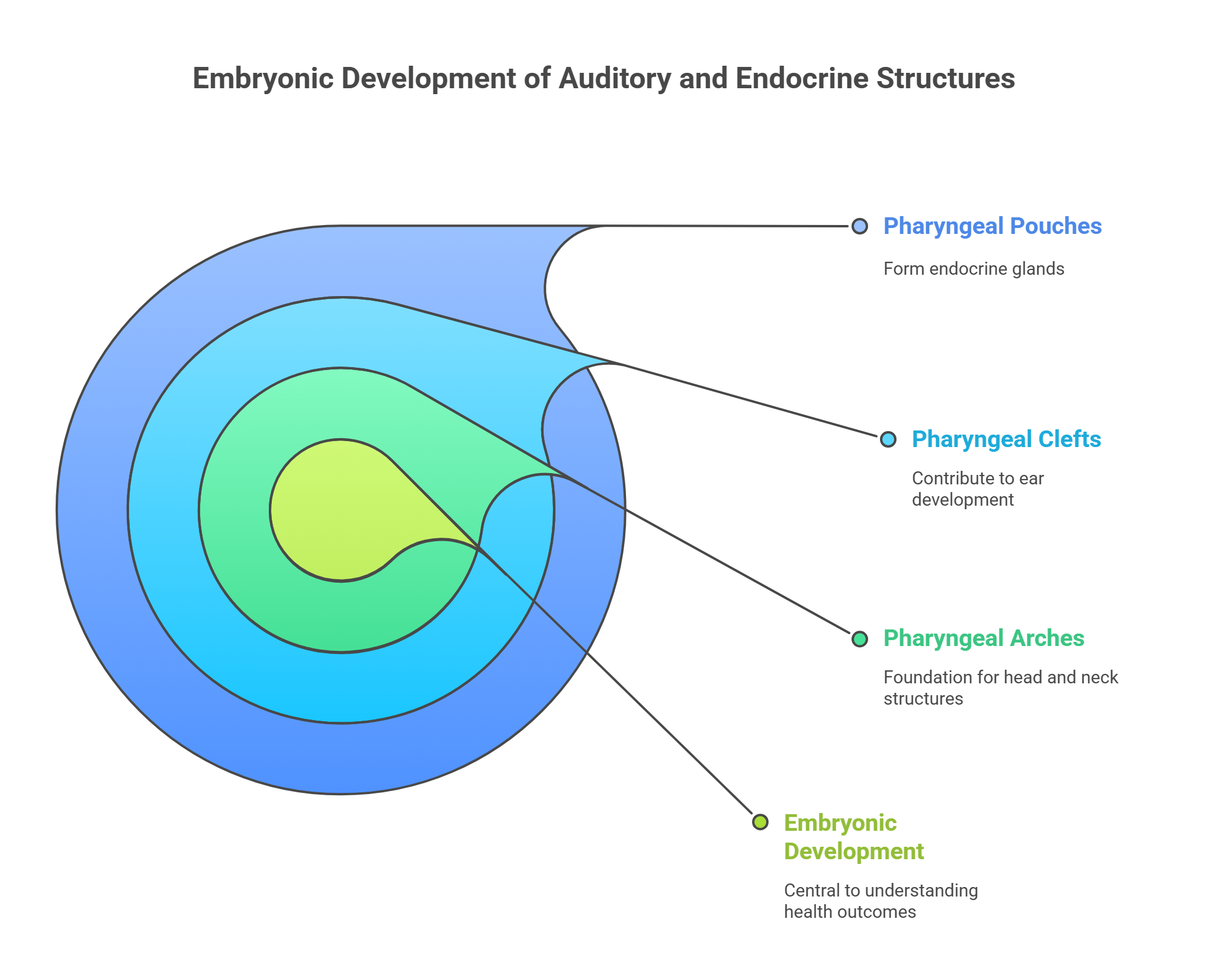
Understanding the Pharyngeal Apparatus in Embryonic Development
The journey of human life begins as a remarkable transformation, with an embryo initially appearing as a simple, flat disk. By week four, this embryo begins resembling human anatomy, although it is often humorously described as looking more like a shrimp than a baby. At this stage, a critical developmental structure known as the pharyngeal apparatus begins to form.
In Pharyngeal arches, pouches, and clefts - embryology, the discussion dives into the intricate world of embryonic development, exploring key insights that sparked deeper analysis on our end.
This apparatus comprises the pharyngeal arches, clefts, and pouches, emerging from six bars of mesoderm that sprout from the primitive pharynx, developing in a head-to-tail manner. While they are numbered one through six, it is important to note that the fifth arch rarely forms fully. The arches contribute significantly to the formation of essential structures in the head and neck, marked primarily by their specific cranial nerves that innervate these structures.
Key Functions of Each Pharyngeal Arch
As we delve into the contributions of each pharyngeal arch, it becomes clearer that they serve foundational purposes in shaping critical body parts. The first pharyngeal arch, for instance, is crucial for our ability to chew, giving rise to the mandible and the maxilla—key components of the jaw. The trigeminal nerve innervates these structures, allowing us to perform fundamental actions such as chewing and speaking.
Moving to the second arch, this one is closely linked with facial expression and is innervated by the facial nerve. Structures like the hyoid bone and the stapes—a tiny bone critical for hearing—come from this arch. Here, too, teamwork among these various structures is evident, illustrating how they work together to facilitate essential functions such as swallowing and sound transmission.
The Role of Pharyngeal Clefts and Pouches
Interspersed with the arches are four pharyngeal clefts, which contribute predominantly to the developmental anatomy of the ears. The first cleft helps form the outer ear canal and eardrum, integrating essential auditory functions into our anatomy. Meanwhile, the pouches—derived from endoderm cells—include important components such as the thymus and parathyroid glands, essential for overall health and hormonal balance.
These structures are not merely anatomical curiosities but highlight the intricate process of embryonic development, shedding light on what contributes to our health and wellness later in life. Understanding how these arches and pouches form helps current and future clinicians focus their knowledge on pathologies that can spring from developmental anomalies.

Why This Knowledge Matters
For health-conscious adults, the implications of understanding embryonic development extend to numerous areas of health and wellness. Knowledge of how the body develops can inform prenatal care practices and parental education during pregnancy. Awareness of conditions stemming from abnormal development patterns—like certain congenital defects—can empower parents to seek appropriate medical advice and preventive measures early in their child’s life.
Moreover, this knowledge fosters a greater appreciation for the delicate balance of human physiology, emphasizing how foundational structures established during early development impact our health long-term.
A Journey Worth Understanding
In processing the video titled Pharyngeal arches, pouches, and clefts - embryology, we explore how these embryonic structures develop into complex systems vital for health and wellness. The insights into these stages not only help clinicians in their practice but also educate the public in understanding their own bodies better.
This journey into embryology allows for a deeper comprehension of the body’s complexities. It becomes essential for everyone, especially expectant parents, to grasp how early life impacts future health. Such knowledge is a valuable cornerstone for maintaining wellness and addressing health issues as they arise.
 Add Row
Add Row  Add
Add 




Write A Comment